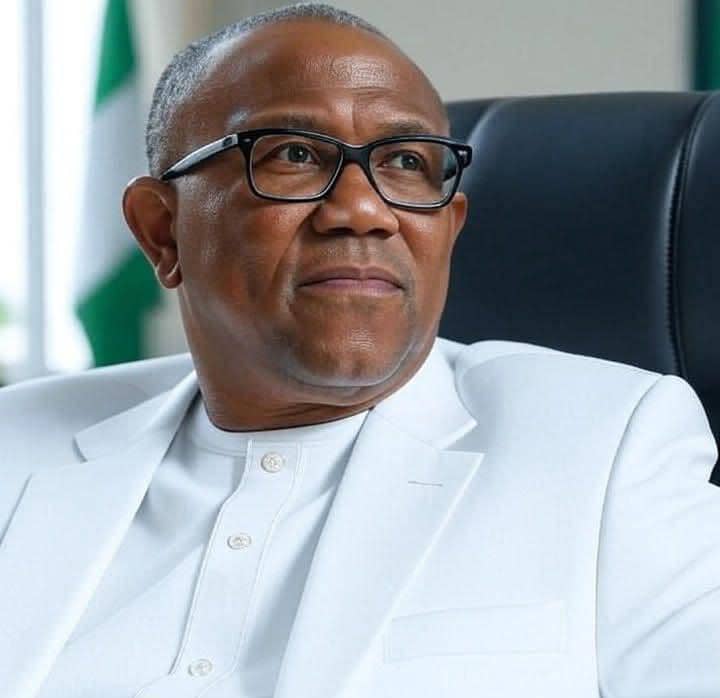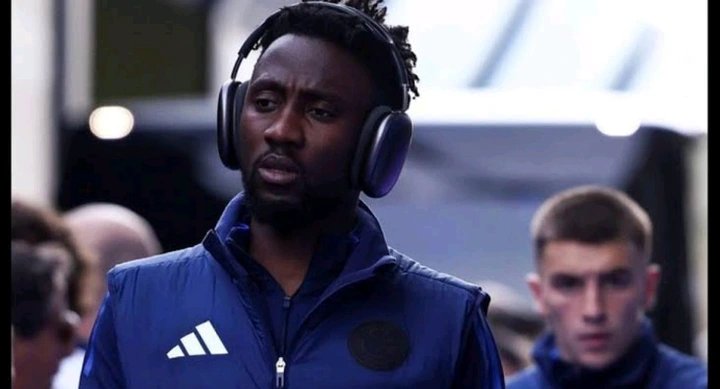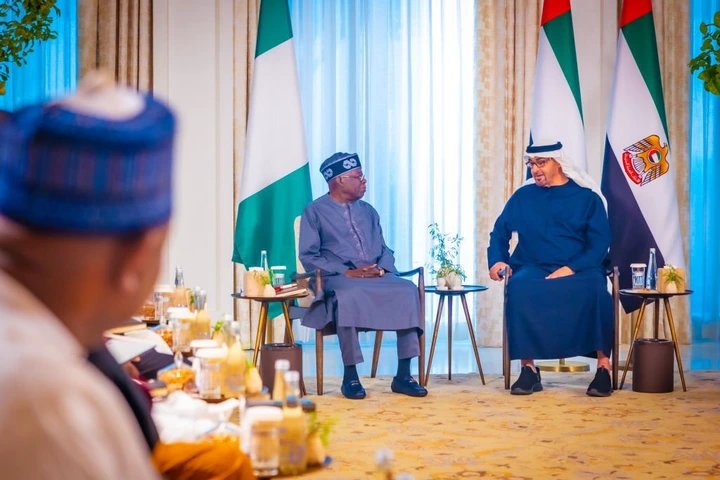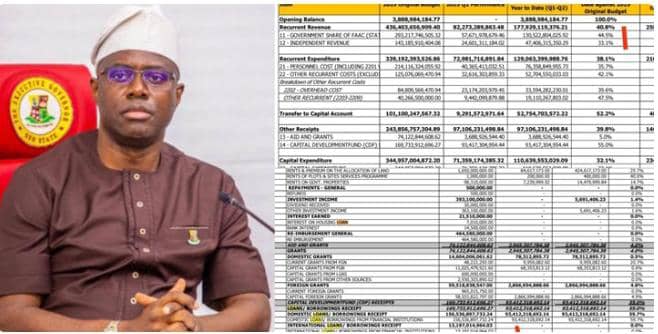News
Did The U.S. Just Cripple Iran’s Nuclear Program, Or Miss The Mark?
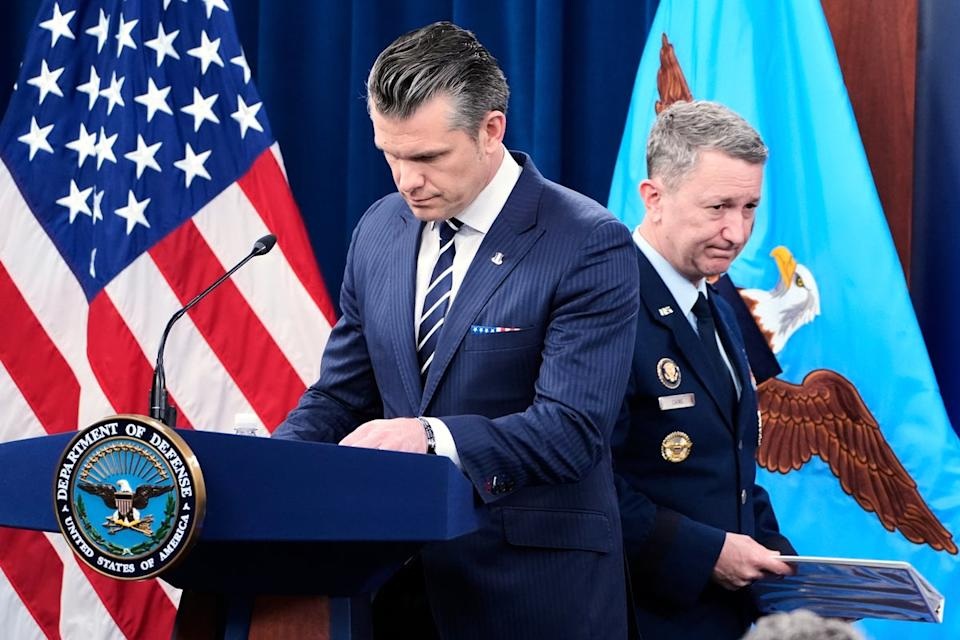
U.S. Defense Secretary Pete Hegseth on Thursday, June 26, 2025, fiercely defended the recent American airstrikes on Iranian nuclear enrichment facilities, claiming the mission successfully “decimated” Iran’s nuclear capabilities, despite early intelligence assessments suggesting otherwise.
Speaking from the Pentagon alongside General Dan Caine, chairman of the Joint Chiefs of Staff, Hegseth insisted the operation, codenamed Midnight Hammer, was a “historic success.”
Hegseth pushed back against what he called politically motivated leaks of preliminary findings.
“This mission was precise. It was powerful. And it set back Iran’s nuclear ambitions by years,” Hegseth said.
“The leaks that suggested otherwise were designed to mislead the public and discredit our brave pilots.”
The controversy stems from a Defense Intelligence Agency (DIA) report leaked days after the strikes.
The report claimed that the 14 GBU-57 “bunker buster” bombs used in the attack had failed to destroy key components at facilities in Fordow, Natanz, and Isfahan.
The report estimated that Iran could resume nuclear enrichment within months.
But both Hegseth and Caine dismissed the leaked report as premature.
Instead, they presented AI-generated models and test footage of the strike to assert that the bombs performed as designed, delivering a devastating blow to Iran’s underground nuclear infrastructure.
“The majority of the damage we assess is based on extensive blast modeling,” Gen. Caine explained.
“The pressure waves from the bombs ripped through key tunnel systems, destroying critical hardware that cannot be easily replaced.”
Still, neither Hegseth nor Caine provided new satellite imagery or hard evidence to confirm the extent of the physical damage.
They referred inquiries about the battle damage assessment, particularly at the highly secure Fordow facility, to the intelligence community.
Adding to the uncertainty, the International Atomic Energy Agency (IAEA) recently announced that Iran’s 400kg stockpile of 60% enriched uranium could no longer be accounted for.
According to it, this was fuel that could, if further enriched, be used in nuclear weapons.
Hegseth said he had seen no intelligence indicating Iran had moved any of its material before the strikes.
“I’m not aware of any intelligence that says things were not where they were supposed to be,” Hegseth told reporters.
The Trump administration’s response has been aggressive and defiant.
President Donald Trump, at a NATO summit in The Hague on Wednesday, lashed out at media reports critical of the mission.
Trump defended U.S. pilots and announcing that Hegseth would deliver a press briefing to “fight for the Dignity of our Great American Pilots.”
“These Patriots were very upset!” Trump wrote on Truth Social.
“They landed, knowing the Success was LEGENDARY, and then, two days later, they started reading Fake News… They felt terribly!”
Trump administration officials doubled down on the success narrative.
CIA Director John Ratcliffe released a statement.
In it, he claimed that new intelligence from a “historically reliable source” confirmed the destruction of several facilities that would now take “years” to rebuild.
Director of National Intelligence Tulsi Gabbard echoed the claim, adding that Fordow, Natanz, and Isfahan were all “critically impacted.”
Despite this, internal debates persist.
Prior to the operation, the Defense Threat Reduction Agency (DTRA) reportedly warned that even with multiple GBU-57 bombs, the Fordow facility’s depth and construction might prevent complete destruction.
According to past Guardian reporting, DTRA analysts argued the best outcome would be partial collapse, potentially burying the site but not fully disabling it.
Gen. Caine acknowledged the DTRA’s role but defended the operation’s planning and execution.
“This was the culmination of 15 years of meticulous work,” he said.
“In the case of Fordow, we understood exactly what was needed to degrade its function, and we delivered those effects.”
Still, questions remain over whether the strike dealt a long-term blow or merely caused a temporary setback.
With Iran remaining silent and international inspectors unable to access the sites, independent verification remains elusive.
Meanwhile, the administration’s threats against journalists who published leaked intelligence have drawn sharp criticism from press freedom advocates.
The advocates warn such rhetoric could chill reporting on national security matters.
As the dust settles, both allies and adversaries will be watching closely to assess whether the U.S. strike truly changed the strategic balance—or simply shifted the timeline.
For Diaspora Digital Media Updates click on Whatsapp, or Telegram. For eyewitness accounts/ reports/ articles, write to: citizenreports@diasporadigitalmedia.com. Follow us on X (Fomerly Twitter) or Facebook



